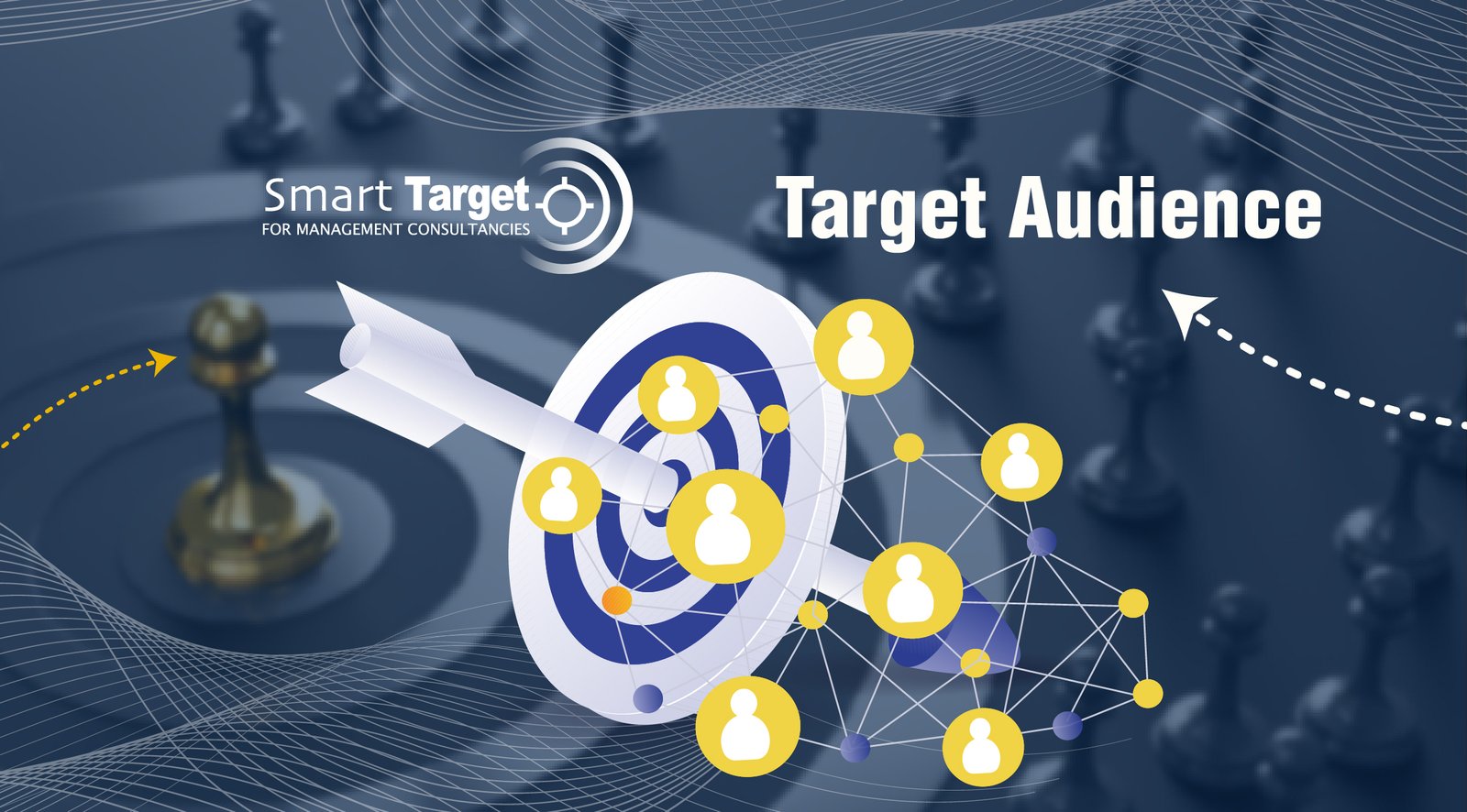Target Audience
Market targeting is the process of identifying specific categories of potential customers who are a primary target of a company or product's marketing efforts. Identifying the target audience is considered one of the most important steps in the marketing process, and one of the most important factors that contribute to the success of any marketing campaign, as it helps in directing efforts and resources effectively towards the groups most interested and most likely to purchase.
What is the definition of target audience?
A target audience is defined as a group of people who are most likely to be interested in your product or service based on their demographic, behavioral, and psychographic characteristics.
- Demographic characteristics: include age, gender, occupation, income, and educational level.
- Behavioral characteristics: Includes purchasing behaviors, usage habits, and interests.
- Psychological characteristics: includes values, attitudes, and personal styles.
What is the importance of identifying the target audience?
Identifying the target audience is essential to the success of any marketing campaign.
It helps you:
- Design engaging content directed directly to your target audience
- Choosing the appropriate marketing channels: Identifying the target audience helps in choosing the appropriate marketing channels to reach your audience.
- Improve ROI: Identifying your target audience can help you use your marketing resources more effectively, resulting in increased ROI from your campaigns.
- Improve the effectiveness of your marketing efforts.
- Improve the quality of leads: Defining your target audience can help you attract more quality leads, which increases the chances of converting them into actual customers.
- Build stronger relationships with customers: Better understanding the needs of your target audience can help you build stronger relationships with them.
How is the target audience determined? (Characteristics of the target audience)
- Conduct market research: to learn more about the needs and wants of your audience.
- Create buyer personas: To create a near-realistic representation of your ideal customers.
- Analyzing customer data: to understand their characteristics and determine their behavior patterns.
- Use web analytics tools: To learn more about how people interact with your website.
- Demographic analysis: such as age, gender, social and economic level.
- Purchasing behavior analysis: such as buying habits and preferences, and lifestyle.
- Determine geographic factors: such as geographical location, climate, and culture.
- Identify psychological factors: such as values, beliefs, and personality.
What are the types of target audience?
- General Audience: A large group of people with broad interests.
- Secondary Audience: A small group of people with specific interests.
- Primary Audience: A group of people identified based on specific characteristics.
What is the difference between actual audience and target audience?
- Actual audience: The group of people who actually buy your product or service.
- Target audience: They are the people who, according to all market analytical research and customer data, are likely to show interest in your product or service that you provide.
Example of target audience
1. A company that sells natural cosmetics
Target audience
- Women between the ages of 25 and 45, interested in natural products, and with a high income.
Characteristics of the target audience
- Demographic: Women, 25-45 years old, high income.
- Behavioral: Interested in natural products, buy cosmetics online.
- Psychological: They look for healthy and environmentally friendly products.
2. A company that sells sports equipment
the target audience
- People who care about fitness.
- People who exercise regularly.
- Individuals between the ages of 18 and 45 years
- People with high income.
Characteristics of the target audience
- Demographic: 18-45 years, high income.
- Behavioral: They exercise regularly, care about physical fitness.
- Psychological: They look for high-quality sports tools to improve their performance.

